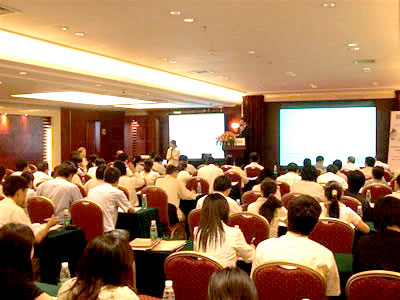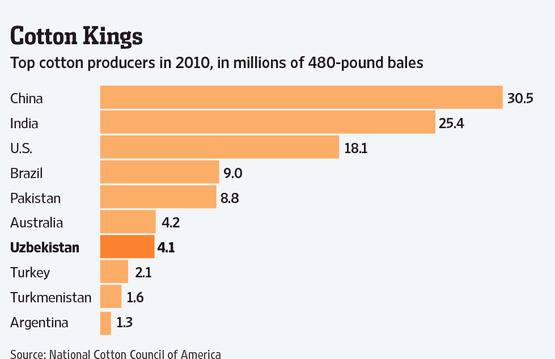|
In August this year the owner of a clothing factory in China¡¯s Jiangsu province told me ¡°wholesale textile prices went up 40% over the past year; the textile mill boss says it¡¯s because of the coal price¡±. This price rise was on top of the rise in electricity prices the factory owner was paying at his plant and added to increasing labour costs. ¡°We¡¯ve had another round of blackouts this summer¡±, he complained. ¡°At least one day a week supply is cut off and I have to start up the diesel generator which costs twice as much as grid electricity¡±. As a result the multinational customer was being forced to swallow these prices rises just as European shoppers were facing another round of the Euro crisis. Those British, German and French shoppers are facing the reality that the China price, so long the driver of price decreases in manufactured goods, is climbing steadily upwards as low costs for labour, materials, energy, water and rights to pollute are being eroded. This article is the first in a series on how companies should see sustainability in their Chinese supply chain as not just ¡°nice to have¡± but as a crucial way of controlling increasing costs, reducing exposure to risk and adding value. However, engaging a diverse Chinese supply chain on sustainability is hard: cultural, logistical and short-term commercial barriers stand in the way. These articles will look at the nature and causes of cost increases in China, the barriers to sustainability, and will suggest some of the best ways to develop a strategy for overcoming the challenges to implementing a sustainable supply chain programme. One of the most telling impacts of an unsustainable supply chain is the impact on energy use, which in China is of particular concern. China depends on coal for 70 per cent of its primary energy, a source of power that makes China the world¡¯s number one carbon emitter. The coal price is rising as China¡¯s coal transport system struggles to keep up with demand and as the government closes thousands of dangerous illegal mines. Blackouts occur across the country because a regulated electricity market and partially deregulated coal market means that many power companies shut down to avoid losing money, (China¡¯s Utilities Cut Energy Production, Defying Beijing New York Times 24 May 2011) while annual droughts limit hydro-power production. Many see water scarcity as more pressing than rising energy prices and blackouts, and a bigger risk to business operations. In China¡¯s northern and western provinces ancient aquifers are being drained as water tables fall. Over 300 million Chinese do not have access to safe drinking water and China¡¯s water prices remain below world the average for countries with sufficient water supplies. China¡¯s officials understand the problem ¨C in Beijing the price of water for commercial use rose by up to 50 per cent in 2010. Thirsty city greedily consuming water China Daily, 5 April 2010. Prices are also being driven up by improved pollution control following new legislation and better enforcement of China¡¯s existing environmental laws. This year a number of high-profile local pollution scandals have damaged brands and undermined the credibility of many local officials. In July Greenpeace published a report alleging that the supply chains of well-known companies, including Nike, Adidas, Puma and H&M were responsible for of toxic chemicals entering the environment, the result of actions by their Chinese manufacturers. The Greenpeace report Dirty Laundry: Unraveling the corporate connections to toxic water pollution in China, concerned two factories in China that it alleges were discharging a number of hazardous chemicals into the Yangtze and Pearl River deltas. The answer to these cost rises and pollution scandals is not to relocate to a lower-cost country. China¡¯s excellent infrastructure, skilled workforce and well-developed industrial clusters plus the enormous local market make it the place to be for the majority of ambitious firms. Instead, companies should look at supply chain sustainability as the building block for entering into partnerships with suppliers that enable Chinese factories to become more efficient and more productive. This requires some hard thinking about how to implement serious engagement programmes with adequate resources that really address suppliers¡¯ concerns. csr-asia.com |
|
The China price: sustainability as an answer to rising costs
Updated: 2011-11-10 Source: csr-asia.com

Recommended News
Photo Gallery
Most Popular



